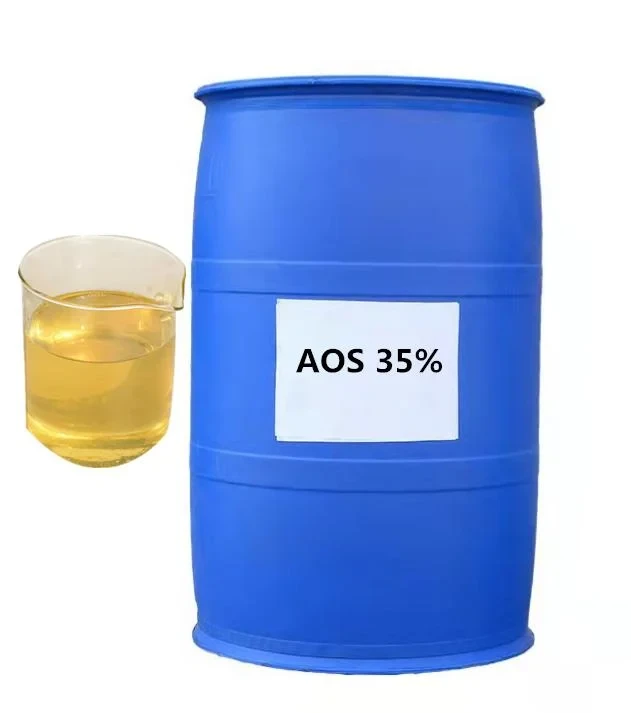



Current Pricing Trends for Sodium Hydroxide per Kilogram in the Market
Understanding the Price Dynamics of Sodium Hydroxide Per kg
Sodium hydroxide, commonly known as caustic soda, is a vital industrial chemical used in various applications, including paper manufacturing, soap production, and chemical synthesis. Its demand is primarily driven by the chemical industry's need for this versatile compound, which acts as a strong base and efficient pH regulator. In this article, we will explore the factors influencing the price of sodium hydroxide per kilogram and its implications for industries that rely on this essential material.
Current Market Trends
The price of sodium hydroxide can vary significantly based on various factors, including production costs, demand fluctuations, and regional market conditions. As of late 2023, the average price of sodium hydroxide per kilogram hovers around $0.50 to $1.00, depending on the purity level and quantity purchased. Bulk orders tend to benefit from economies of scale, resulting in lower prices per unit, while smaller quantities often incur higher costs.
Production Factors
The production of sodium hydroxide generally involves the electrolysis of saltwater, a process that is energy-intensive and requires significant capital investment. Therefore, fluctuations in energy prices, particularly electricity, have a direct impact on the production costs of sodium hydroxide. For instance, rising electricity prices can lead to increased operational costs for manufacturers, which may subsequently drive up the price of sodium hydroxide.
Additionally, the availability and cost of raw materials, such as sodium chloride and water, also influence pricing. Disruptions in supply chains, whether due to natural disasters, geopolitical tensions, or logistical challenges, can limit the availability of these critical inputs, further impacting production costs and, consequently, market prices.
Demand Dynamics
sodium hydroxide price per kg

The demand for sodium hydroxide is closely linked to the health of several key industries. The pulp and paper sector, which utilizes caustic soda in the bleaching and cooking processes, is one of the largest consumers. Similarly, the textile industry employs sodium hydroxide in dyeing and processing. As global economic conditions improve, demand from these sectors tends to increase, leading to upward pressure on prices.
The increasing focus on sustainability and environmental regulations also shapes demand. For example, as industries shift towards greener practices, there may be a rise in the demand for high-purity sodium hydroxide for specific applications that require minimal impurities. This trend can affect pricing, as higher purity products typically command a premium.
Regional Price Variations
Geographical differences also play a crucial role in sodium hydroxide pricing. Regions rich in resources for production, such as the United States and parts of Europe, may experience lower prices due to established supply chains and infrastructure. In contrast, regions that rely on imports for their sodium hydroxide supply can face higher costs due to transportation fees and tariffs.
Moreover, legislative frameworks regarding chemical safety and environmental standards can also impact pricing. Stricter regulations may necessitate changes in production processes, leading manufacturers to invest in compliance measures that can increase production costs and, in turn, raise prices for consumers.
Conclusion
The price of sodium hydroxide per kilogram is a reflection of a complex interplay of production costs, market demand, regional factors, and regulatory environments. As industries continue to evolve, driven by economic trends and sustainability goals, the pricing dynamics of this essential chemical will remain a critical consideration for manufacturers and consumers alike. Understanding these trends can help businesses plan effectively for their procurement needs and budget accordingly in an ever-changing market landscape.
-
Why Sodium Persulfate Is Everywhere NowNewsJul.07,2025
-
Why Polyacrylamide Is in High DemandNewsJul.07,2025
-
Understanding Paint Chemicals and Their ApplicationsNewsJul.07,2025
-
Smart Use Of Mining ChemicalsNewsJul.07,2025
-
Practical Uses of Potassium MonopersulfateNewsJul.07,2025
-
Agrochemicals In Real FarmingNewsJul.07,2025
-
Sodium Chlorite Hot UsesNewsJul.01,2025










